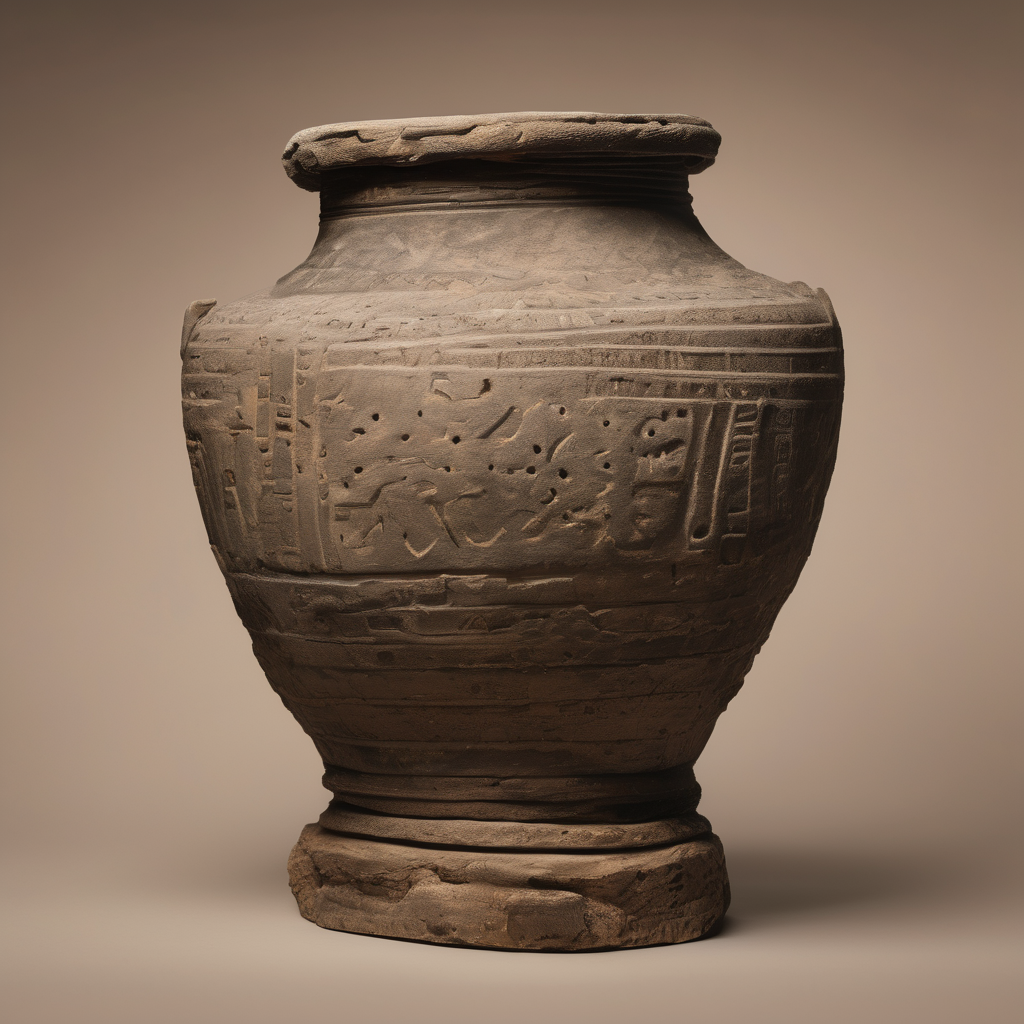The remnants of damaged artifacts and ancient pottery litter the Sudan National Museum, located at the confluence of the Blue and White Nile in Khartoum. The museum stands as a symbol of a cultural legacy that has been severely impacted by over two years of brutal civil war, which has resulted in the deaths of tens of thousands and displacements of millions.
Earlier this spring, Sudan’s military reclaimed control of Khartoum from the paramilitary Rapid Support Forces (RSF), yet devastation remains widespread. Heritage sites, including the museum, have not escaped the toll of the conflict. Looters have stolen significant antiquities, while others fell victim to the violence that enveloped the city. Preservationists returning to the city are now engaged in recovery efforts, attempting to salvage and restore what they can from the devastation.
Rehab Kheder Al-Rasheed, leading a committee to assess the damage, expressed the magnitude of the loss, stating that countless artifacts of historical significance have been stolen. Ikhlas Abdullatif, director of the museums sector at Sudan’s National Corporation of Antiquities and Museums, revealed that approximately 4,000 items are unaccounted for, with significant losses reported across the country, particularly in regions like Darfur.
Among the artifacts at risk is the Buhen Temple, built by Egyptian Queen Hatshepsut around 1,500 B.C. Although the temple has been damaged, efforts are underway to restore it, albeit with limited resources. Similarly, Khartoum’s Republican Palace Museum also faces dire conditions, filled with charred debris from the conflict.
The restoration and maintenance of Sudan’s museums, as well as securing remaining artifacts, is estimated to require a staggering $100 million—a challenging sum to attain given the country’s current economic crisis. The ongoing violence and instability have halted around 45 archaeological missions that were active in Sudan prior to the conflict. There remains uncertainty regarding when these foreign specialists might feel secure enough to return.
“We hope, God willing, the missions come back and continue their work,” Rasheed added, expressing a glimmer of hope amidst the ruins.
While the challenges facing Sudan’s cultural heritage are daunting, the resilience of preservationists and the potential for recovery underline an enduring commitment to protecting the historical narrative of the nation. Such efforts reflect a broader understanding of the importance of cultural heritage, particularly in a world where history can shape identity and community resilience.
